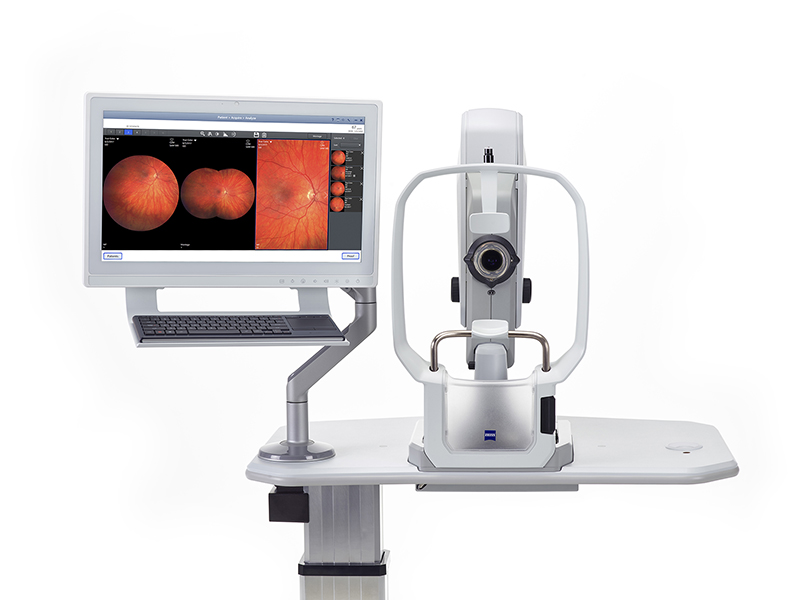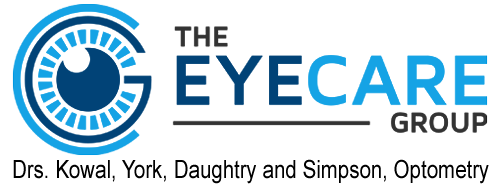Special Testing
Special testing means extra special eye care.ZEISS/Humphrey Visual Field Testing
Visual Field testing can help save vision because it is another test used to diagnose or rule out glaucoma and other neurological disorders that affect vision. This simple, but effective service has saved lives by detecting various medical conditions such as strokes, brain tumors, and other neurological defects.
Our ZEISS CLARUS 500 allows our clinicians to track subtle changes in pathology over time. In addition to true color imaging, it also captures high-resolution fundus autofluorescence (FAF) images–FAF-Blue and FAF-Green–and external eye images. Along with an intuitive review software, the ultra-high-resolution of this next-generation retinal camera from ZEISS allows us to manage change with confidence.

Optical Coherence Tomographer (OCT)
Our OCT helps us better manage glaucoma and diseases of the retina because this technology allows the eye doctor to see the deep tissue layers in the eye. These high-definition images are the only way that they can actually see beneath the surface to the nerve fiber layers where damage occurs. Up until now, eye doctors had to use other tests to indicate damage in this critical area of sight. Common eye diseases such macular degeneration, diabetic retinopathy, and glaucoma are detected early by the OCT when the diseases can be more effectively treated.
Fundus Photography, or Retinal Digital Imaging
A high-definition digital image of the retinal area helps your eye doctor diagnose and manage eye diseases in the delicate retinal area. Damage to the delicate structures of the retina is often the first sign of systemic diseases such as MS, diabetes and others. The retina is the “window to the body” and routine retinal imaging can help your eye doctor monitor the changes in your eye health from year to year.
Anterior Camera
Our anterior segment camera helps us to document skin types as well as lesions and morphological abnormalities of the skull, eye lids and surrounding areas. We can also use pictures of the head and shoulders, face and eyes to document nerve anomalies.
